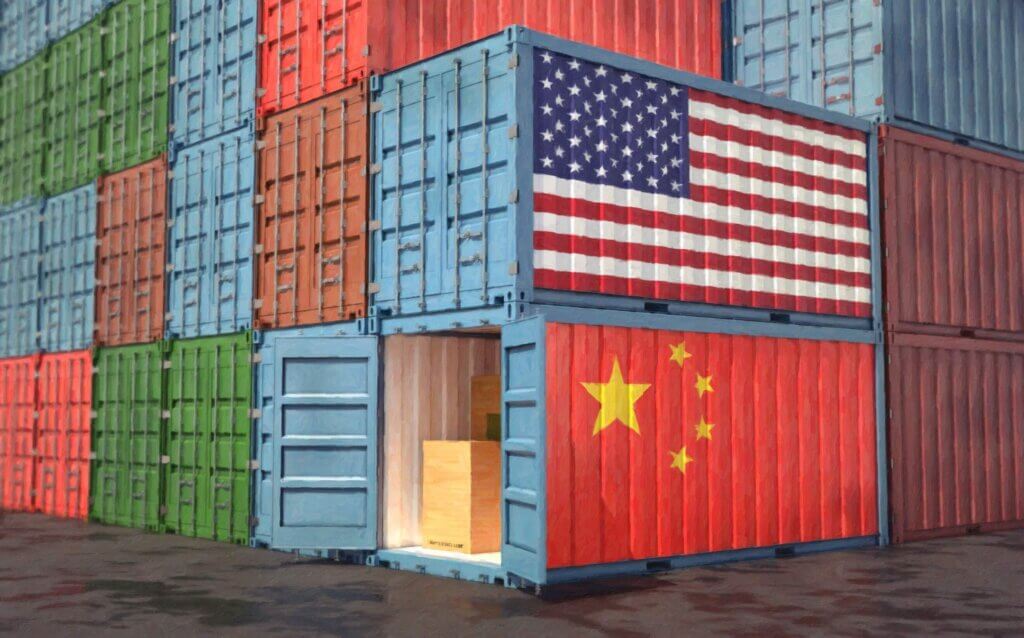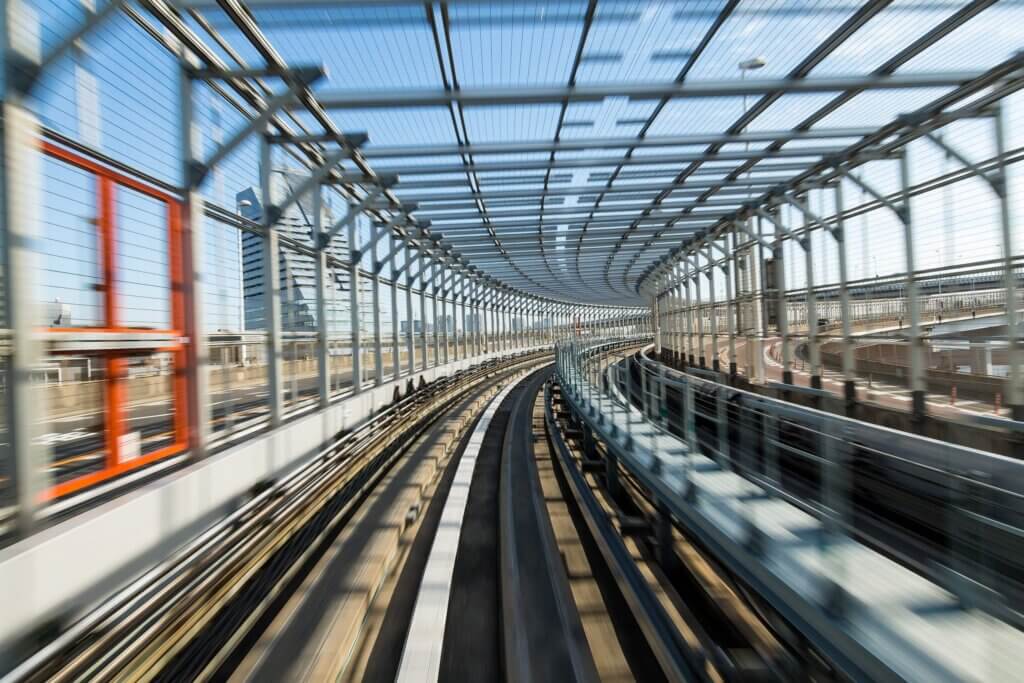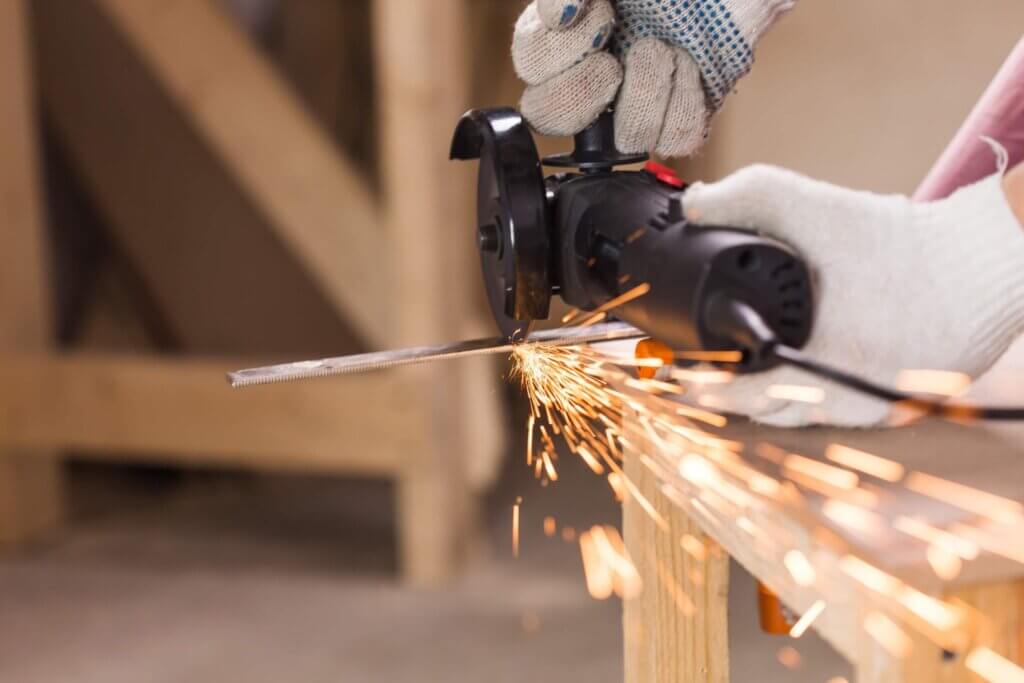
4 biggest challenges for the national steel industry
Among the main production sectors, which are fundamental for the national economic movement, the steel sector is certainly one of the most outstanding.
In general, the steel industry is the segment of the metallurgy industry that is responsible for detailing steel and cast iron.
The steel and metallurgy processes are similar, as are the machines, technology utilization and dynamics. However, the big difference is precisely in the type of metal worked, since the steel industries are exclusively dedicated to these two types of metals mentioned.
The steel industry, as the steel industry is known, plays a very important role in the national economy. Steel and cast iron are high value metals, essentially for the civil construction area, making sales in this sector quite impactful on the national economy.
Currently, the industrial sector represents about 25% of the national GDP. Within that number, the steel industry is one of the most active.
In the year 2020, for example, the sector's production, despite the Coronavirus pandemic, began to increase its numbers over the months. In June this year, the steel sector produced 3.12 million tonnes, for example.
Despite this, there are still many challenges that need to be faced for the sector to stand out more and more. Check out what these challenges are and what are the prospects for an even more interesting growth for the sector.
Content Index
Logistics of the steel sector

To start talking about the challenges for the growth of the steel industry, we need to discuss logistics, especially in relation to the flow of production in this important industrial segment.
As we said, steel production is fundamental for different work segments, especially civil construction. The numbers, of millions of tons produced each year, could be even bigger, if there were the necessary logistic conditions to manage to dispose of the produced inputs in the proper way.
In Brazil, a large part of industrial production is transported by road, while a small part is in charge of railroads. In general, the percentage of use of these modes of transport in the country is around 60% by highways and 20% by railroads.
With this very accentuated disparity, it is more difficult for companies to establish efficient logistic plans, mainly hindering the adequate flow of production in the steel sector.
Thus, one of the most important challenges in relation to transport logistics in the steel industry is this equation. Balancing the use of railroads and highways, reducing dependence on the use of trucks, is essential.
Currently, the costs of using trucks are on the rise. Freight, fuel, tolls, maintenance, among other factors, are increasingly expensive, making this mode of transport disadvantageous.
Furthermore, railroads provide faster travel and a high amount of cargo transported in just one rail rail.
In order for this equation to be balanced, there must be the necessary investment in the construction of new railroads that include the main producers of the Brazilian steel industry, allowing this mode of transport to be used in the best possible way.
Competitiveness of the steel sector

Another important challenge that Brazil will have to face in the coming years in relation to the steel sector is in relation to competitiveness and how to equalize this balance.
Even before the pandemic, China and India, which are large steel producers and are the most populous countries in the world, meant that there was a global oversupply in the steel sector.
Much of this was also due to an action by the Chinese government, which eliminated import and export taxes. As soon as the measure was announced, still in 2015, there was a strong concern that this idea would make the global oversupply of products such as steel and chemicals increase even more, and this is what is happening.
For Brazil to be able to further improve the steel industry, it is necessary to find ways to ensure that its production is also widely explored, both internally and externally. With the lower prices of Chinese products, this ends up hindering the market for domestic and foreign trade.
Investments

Brazil was one of the countries considered underdeveloped that was most affected by the coronavirus pandemic. With high death rates, crowded hospitals, lack of employment and reduced production, including in the steel sector, the financial part of the companies that stand out in this market and the government, which is a partner in this production, was certainly harmed.
The Instituto Aço Brasil indicated, for example, a drop in the production of the steel sector in 2020 when compared to the previous year, 2019. The forecast in October of last year was that the sector would end the year with production equivalent to 30,498 million tons of steel, 6.4% less than the previous year.
Also according to the institute, the operation of the steel sector had a drop of 45% in the level of production last year, reaching only 63% of its total capacity.
These numbers certainly have an impact on the financial condition of companies involved in the production of the steel sector, which had important budget cuts, reducing investments. In addition to the drop in production, there are other factors that make the sector's growth even more difficult, such as the fiscal issue, high tax burden and exchange rate.
Thus, one of the biggest challenges for the steel industry in the coming years is to obtain new investments, whether by the government or the private sector.
Leveraging new revenues for the sector to be improved is essential for the national steel industry to be able to resume the numbers that it had been reaching in recent years before this crisis that the country is currently experiencing.
Innovations in the steel sector

Finally, another challenge that the steel industry needs to face is in relation to technological innovations. Currently, countries like China, which stands out more and more in the production of this sector, is one of the nations that most invests in innovations and technology, contributing a lot to the industrial growth in the country.
Thus, Brazil and the companies involved in this production sector need to find new paths to continue growing, and technology can be one of the main solutions.
The implementation of industry 4.0, for example, is a request that is increasingly on the rise. This concept deals with the implementation of technologies that automate industrial processes, such as industrial automation, artificial intelligence, robotics, internet of things and other computational strategies that enhance production.
With the use of these technologies, the steel industry would be able to increase its production and at the same time reduce the time of processes, since the procedures became increasingly automatic. With this, errors will also be reduced, since the machines are programmed precisely so that errors do not happen or occur in smaller numbers.
Conclusion
We can conclude with the article that, despite the national steel industry having a strong influence on the country's economy, there are still certain paths that this industrial sector needs to trace to reach its full potential, such as improving transport logistics, facing market competitiveness, new investments, technological improvement, among other important points.
Searchs:












